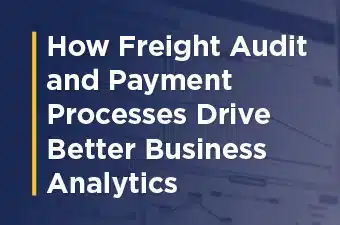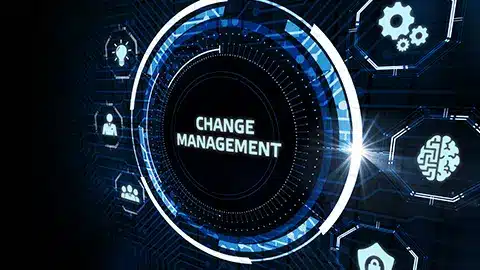The COVID-19 pandemic brought greater attention to the value of end-to-end supply chain visibility. Solutions for achieving that visibility are widely available, but not all solutions are equal. And not all visibility is the same. Your business objectives determine the level of visibility you need to make the best decisions.
What is Supply Chain Visibility?
Supply chain visibility means different things to different people. It covers everything from the physical “Where is my shipment?” to the virtual, like “Which customer/SKU combinations are profitable?” Depending on your role in an organization, you may be more concerned with the operational aspects of visibility or the more strategic. Either way, you need the information you need when you need it.
Beyond physical and virtual visibility separation, there’s the difference between real-time data and real-time access to data. When it comes to data, there is a lot of it, and it is coming from a growing diversity of sources – often separated within your organization by operational and functional silos.
An expanding list of technology-driven solutions offer varying degrees of visibility, and you can gain improved supply chain clarity through internal efforts and external partners. In weighing these options, it is important to consider:
- Which solution is best for your business objectives?
- How do you leverage information in business decisions?
- What investments provides the greatest return?
Supply chain visibility can be complicated. It doesn’t have to be.
Peeling back layers of visibility, you gain an understanding of the information you need to plan and execute your day-to-day activities as well as adjust your strategy; react to changes that impact performance; and enhance your service to partners and customers.
Visibility, Mapping Key Disruption Planning and Continuity
The U.S. Armed Forces are a role model for logistics, and planning is critical to the military's risk management focus. To quote General Dwight Eisenhower “Plans are useless, but planning is indispensable.” Companies have to be in a continuous planning mode, as we move through the recovery to account for these shifts in demand.
Effective planning, like military leadership during crisis, relies on visibility to a single source of information. When you have to go to multiple places to piece a story together, it takes time, and time can be costly.
Organizations that map their end-to-end supply chain create one foundational information source that can support business operations through disruption. As noted by Dr. Yossi Sheffi, director Massachusetts Institute of Technology Center for Transportation and Logistics, this requires supply chain mapping that goes beyond identifying company suppliers. It requires physical locations of supplier plants and warehouses. “For large and complex enterprises with thousands of suppliers around the globe, mapping is a massive exercise that cannot be done on the fly,” he says.
Likewise, mapping cannot be accomplished without awareness to all activities across your supply chain.
Mastering Supply Chain Visibility
Deep, multi-layered visibility is a fundamental ingredient in elevating your supply chain to its optimal performance. We can help you uncover ways that your supply chain information can transform on your bottom-line performance and your customer service. Contact us today.










